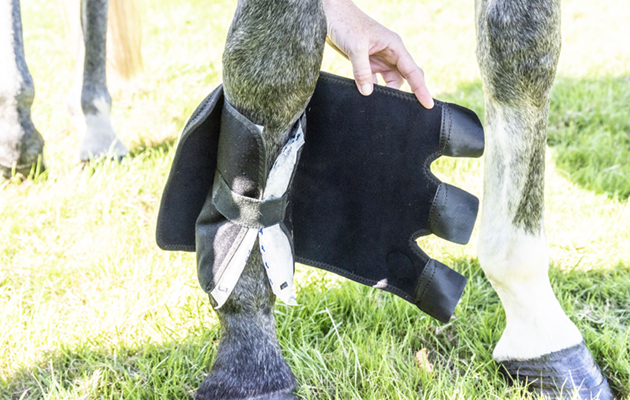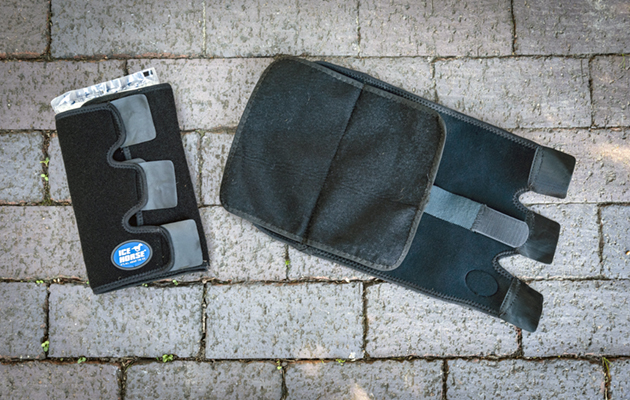Icehorse Tendon Wraps
Price as reviewed:
£85.00 to £125
Welcome to our new group test of cool/ice boots. All of the boots in this group test have been put through their paces by professional event rider Sam Jennings. Find out what she thought below.
Official description
The easy-to-use Icehorse Tendon Wraps provide uniform compression and coverage to reduce inflammation and heat of the tendons and ligaments following work or injury. The wraps contain unique Icehorse inserts, which stay cold for more than hours. These freeze to a snow-like consistency for easy moulding to the horse’s legs for maximum coverage. The wraps are made from a breathable non-neoprene anti-migration fabric, keeping the wraps in place and the ice compressed to the area being treated.
First impressions
I like the fact this design used ice packs that are then secured against the leg, but I found the boots were very confusing to put on and I was concerned that the ice pack was going to be placed directly on to the skin.
Overview of performance
The ice packs came out of the freezer not as cold as the other ice packs we tested. As a result they didn’t cool the legs as effectively (*cooled about 3 degrees after 20mins worn by the horse following strenuous exercise). They did also prove very complicated and took a while to put on, plus I found they didn’t evenly cool all the areas of the leg.
Likes and dislikes
Once on these boots did cool some parts of the leg, but would have preferred them to cool a larger area.
*How the reduction in leg temperature was measured
Sam used an infrared non-contact digital thermometer to measure the temperature of the horses’ legs immediately after work and then again after the cool boots had been applied to the legs for 20mins. This test was repeated across different horses after different types of strenuous work (fast work, jumping, cross-country, etc) and an average temperature reduction was worked out across the group. These tests were undertaken in the environment that the boots are designed to be used and so the temperatures recorded may have been affected by environmental factors.
Verdict
I found these boots complicated to put on and expensive for what they are.








